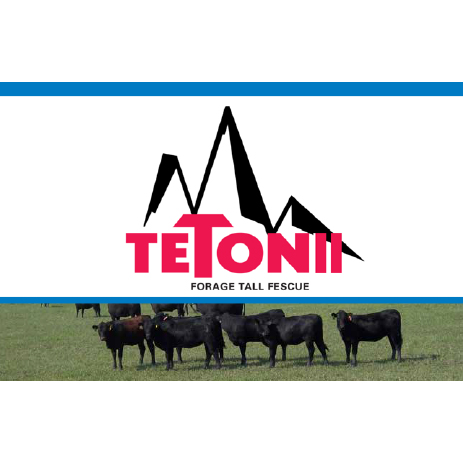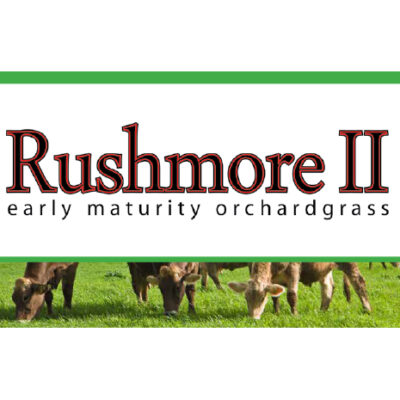Teton II Fescue
Teton II is a new generation, top-yielding, non-toxic endophyte-free tall fescue variety. Teton II has excellent seedling vigor, establishing quickly to create a healthy, high-yielding and permanent pasture. Teton II is a deep-rooted, medium-maturing variety with heat and drought tolerance. Teton II rated #1 in the 2012-2014 University of Kentucky and Mississippi State University tall fescue forage and persistence trials, and over 30 years of university yield trial data, making it a industry lead in reliable, durable, endophyte-free tall fescues.
Description
- Exceptionally high yielding
- Excellent seedling vigor
- Persistent variety
- Heat and drought tolerant
- Endophyte free
- Medium maturity
ESTABLISHMENT
Plant at a rate of 20-250lbs./ac. Proper seed bed preparation is essential. A soil sample will identify necessary inputs to achieve proper pH, P, K and other macronutrient levels (extension service or agronomy supplier can advise). No-till seeding is generally very effective. Use of a non-selective herbicide will reduce weed competition; spray per label recommendation when crop is mature enough. Avoid planting too deep. Irrigation to supplement seasonal moisture, if available, will insure best establishment and fill-in. Plants should be firmly established before grazing is allowed. Particularly in the first year, overgrazing can seriously reduce stand longevity.
MANAGEMENT
Proper management begins with correct fertilization. Soil sampling is a great tool to get baseline soil fertility inventory, especially on pH, organic matter, phosphorus, potassium and other macro and micro elements to best determine application rates based on soil maintenance and nutrient removal. Correct nitrogen application rates should consider organic matter, yield goals, stocking rate, etc. Your local agronomy input supplier or extension service can provide valuable regional information. Apply timely broadleaf herbicide if needed. Be careful not to overgraze, especially during dry periods.




